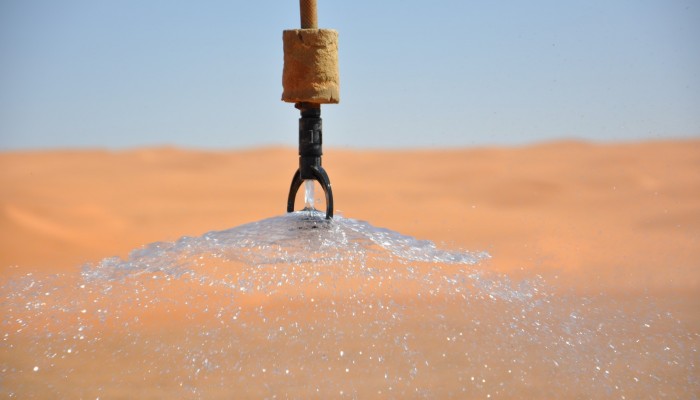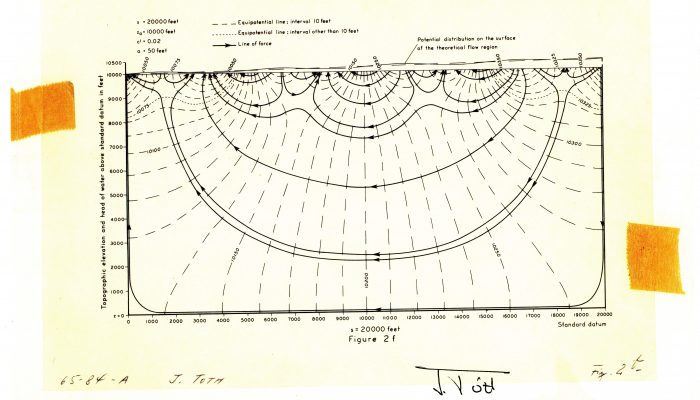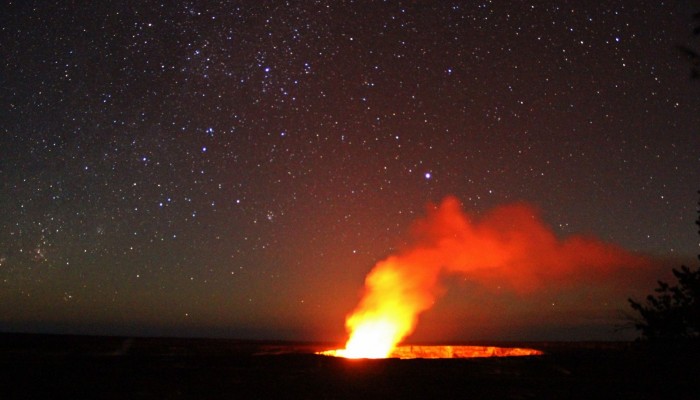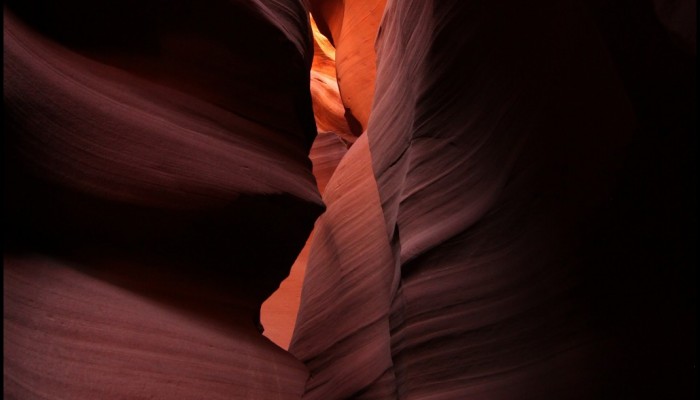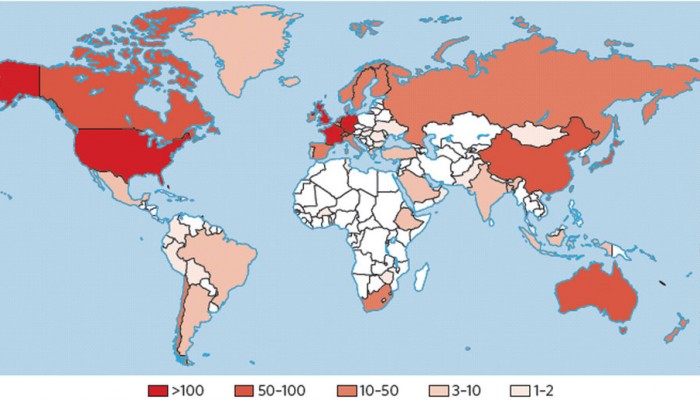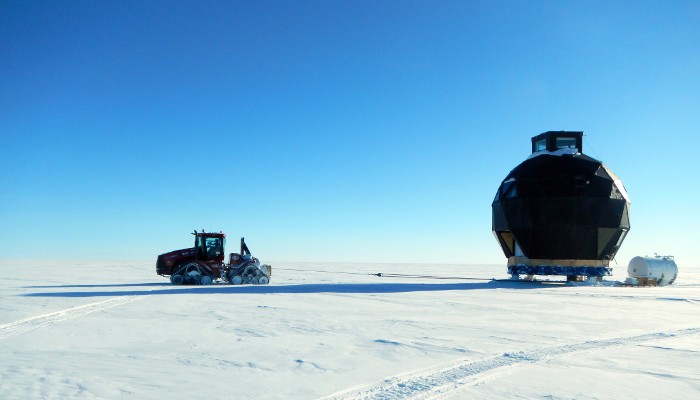Supplies of water on Earth are running dry. The rate at which an ever growing population consumes this precious resource is not matched by our Planet’s ability to replenish it. Water scarcity is proving a problem globally, with regions such as California and Brazil facing some of the most severe water shortages on record. Used for drinking, agriculture and industrial processes, water forms an fund ...[Read More]
If you didn't find what you was looking for try searching again.
Energy, Resources and the Environment
Towards observation-based gridded runoff estimates for Europe
Words on Wednesday aims at promoting interesting/fun/exciting publications on topics related to Energy, Resources and the Environment. If you would like to be featured on WoW, please send us a link of the paper, or your own post, at ERE.Matters@gmail.com. *** Gudmundsson, L. and Seneviratne, S. I.: Towards observation-based gridded runoff estimates for Europe, Hydrol. Earth Syst. Sci., 19, 2859-28 ...[Read More]
WaterUnderground
Is research on ‘regional groundwater flow’ stagnant or still flowing?
Written by Brian Smerdon IAH regional groundwater flow commission In the early 1960’s József Tóth published seminal work on the concept of regional scale flow and nested flow systems. His work built on the “theory of groundwater motion” by M.K. Hubbard, and seemed to come along just at the right moment in history of hydrogeology. Armed with József Tóth’s work, the hydrogeologic community (geologis ...[Read More]
GeoSphere
Geology Photo of the Week #43
This weeks photo can be described by one word: mesmerizing. Honestly, it’s hard to tell which part of this photo is better, the beautiful starry sky backdrop or the glow of Kilauea’s smoking crater. Combined, it’s just fantastic. Kilauea is part of the Hawaiian Island volcanic chain which has been formed as the Pacific plate has moved across at hotspot. The volcano is about 300,0 ...[Read More]
GeoLog
Imaggeo on Mondays: The place where water runs through rocks
Antelope Canyon, located in Arizona, USA, was formed by erosion of the Navajo Sandstone, primarily due to flash flooding and secondarily due to other sub-aerial processes (think of physical weathering processes such as freeze-thaw weathering exfoliation and salt crystallisation). Rainwater runs into the extensive basin above the slot canyon sections, picking up speed and sand as it rushes into the ...[Read More]
Geology for Global Development
Commentary: ‘Globalize Geoscience’ and International Capacity Strengthening
The international community will soon agree on a set of sustainable development goals. This is a significant moment for the international community, and a great opportunity for geoscience. Over the coming months a broad discussion is needed as to how we can best support this global effort to eradicate extreme poverty. One important way this can be done is through ‘globalizing geoscience̵ ...[Read More]
Cryospheric Sciences
Science and Shovels: Traversing across the Greenland Ice Sheet.
Moving 150 tonnes of equipment more than 450km across the Greenland Ice Sheet sounds like a crazy idea. In that context, moving a 14-metre high, dome-shaped, wooden structure seems like a minor point, but it really is not. I do not think I realised what an awesome and awe-inspiring project I was part of, until I was out there, in the middle of the blindingly white ice sheet, and I saw the enormous ...[Read More]
Geology for Global Development
GfGD Annual Conference 2015 (3) – Registration Open
Tickets are now on sale for the GfGD Annual Conference. You can register online here.
Geomorphology
9th I.A.G./A.I.G. SEDIBUD Workshop – Sediment Dynamics in Cold Climate Environments, Kaunertal, Tyrol/Austria, 7-10.09.2015
Changes in climate have a major impact on sediment dynamics in cold environments from high arctic/antarctic and subarctic/subantarctic to alpine and upland sites. Climate changes influence the nature and extent of glaciers, permafrost areas, ice sheets and the extent and intensity of glacial, peri-, pro- and paraglacial processes. In this context major foci of the workshop are related to: Observat ...[Read More]
Geology for Global Development
GfGD Annual Conference 2015 (2) – Present a Poster
We are offering seven people the fantastic opportunity to prepare and present an A1 poster at the next GfGD Annual Conference. We are looking for volunteers to take on each of the following themes: Goal 2: End hunger, achieve food security and improved nutrition and promote sustainable agriculture. Goal 6: Ensure availability and sustainable management of water and sanitation for all. Goal 9: Buil ...[Read More]

